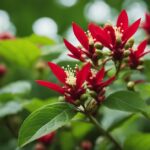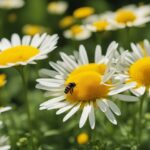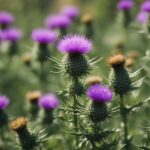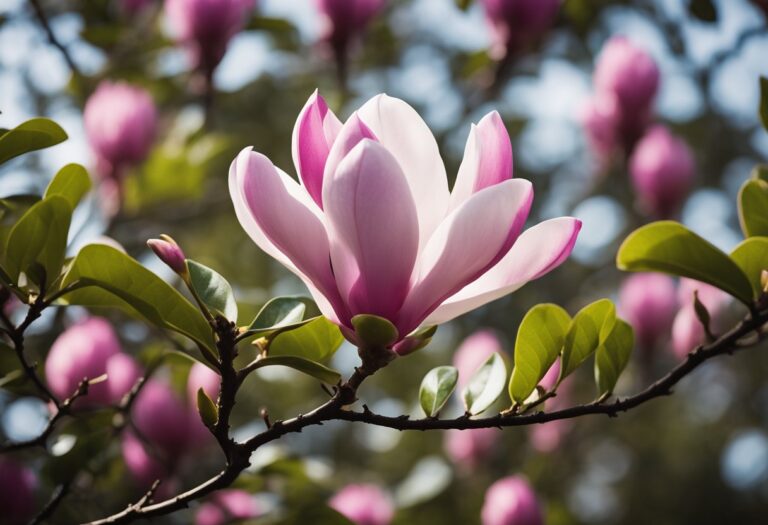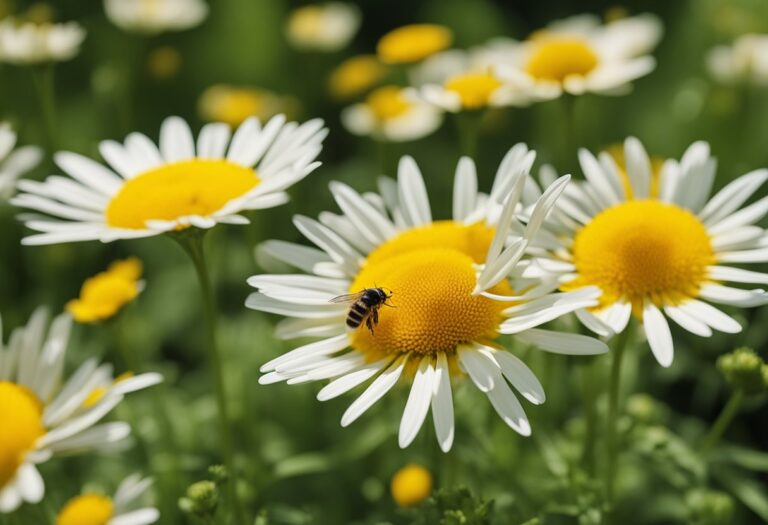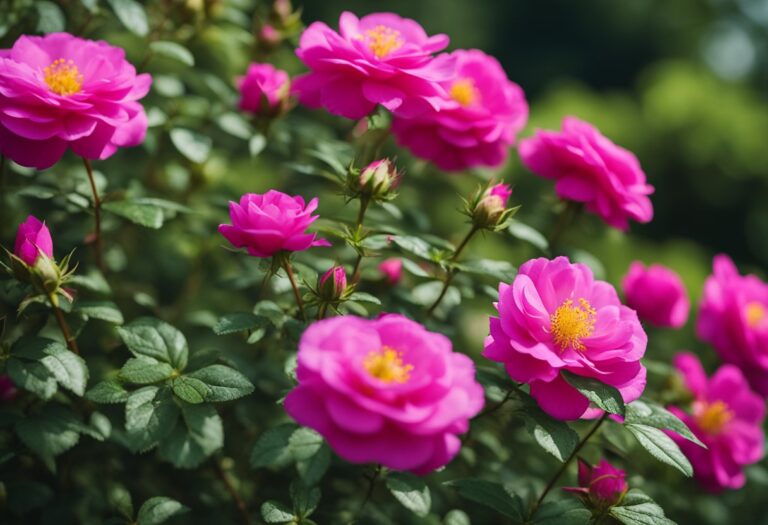Overview of Rudbeckia Hirta ‘Indian Summer’
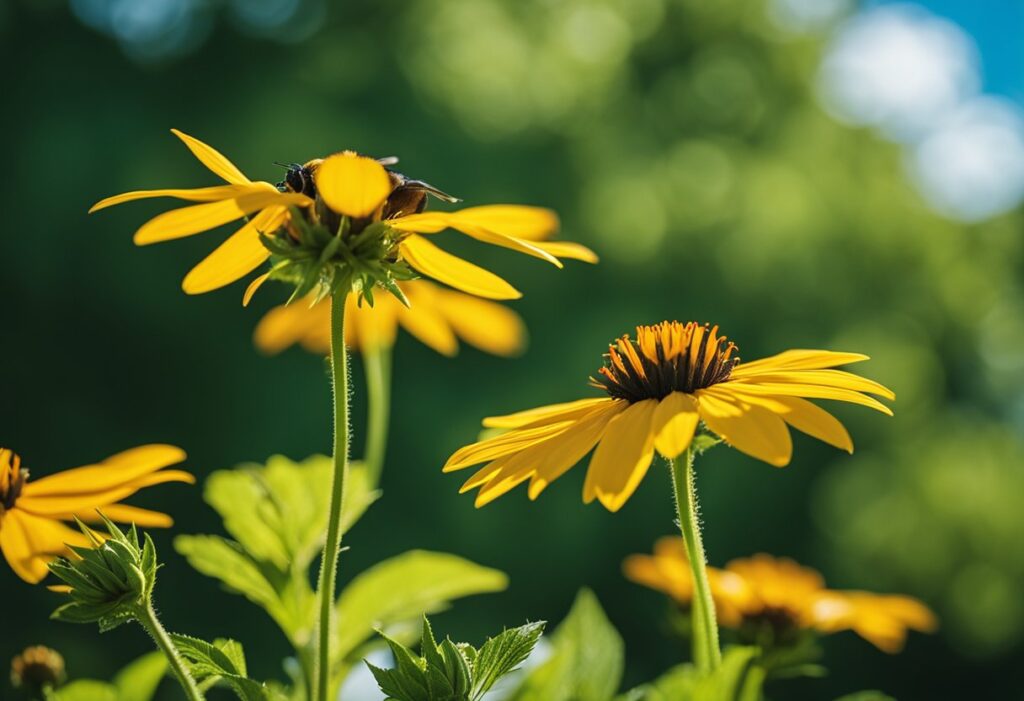
Rudbeckia hirta, or Black-Eyed Susan, is a versatile and robust flowering plant. The ‘Indian Summer’ cultivar is highly esteemed for its impressive, large golden-yellow blooms. Each flower measures 6-9 inches across, making it one of the largest in the Rudbeckia family.
Key Features:
- Bloom Size: Up to 6-9 inches in diameter.
- Flowering Period: Prolific bloomer, typically from mid-summer to early fall.
- Height: Grows to about 24-36 inches.
- Spread: Can reach a spread of 18-24 inches.
As a biennial or short-lived perennial, ‘Indian Summer’ can be treated as an annual in some climates. It thrives in USDA Zones 5-9, preferring full sun exposure for optimal blooming. This variety’s ability to self-seed allows it to naturalize over time, providing a more continuous presence in your garden landscape.
Your care regimen should involve watering when the top 2 inches of soil feels dry. Prized for its drought tolerance, ‘Indian Summer’ is also deer-resistant and is an excellent choice for pollinator gardens due to its attractiveness to bees, butterflies, and other beneficial insects.
Ideal for:
- Wildflower meadows.
- Sunny, informal borders.
- Pollinator-friendly gardens.
Plant ‘Indian Summer’ in well-draining soil and enjoy the striking, cheerful blooms that enliven your garden space through much of the growing season.
Cultivation and Care
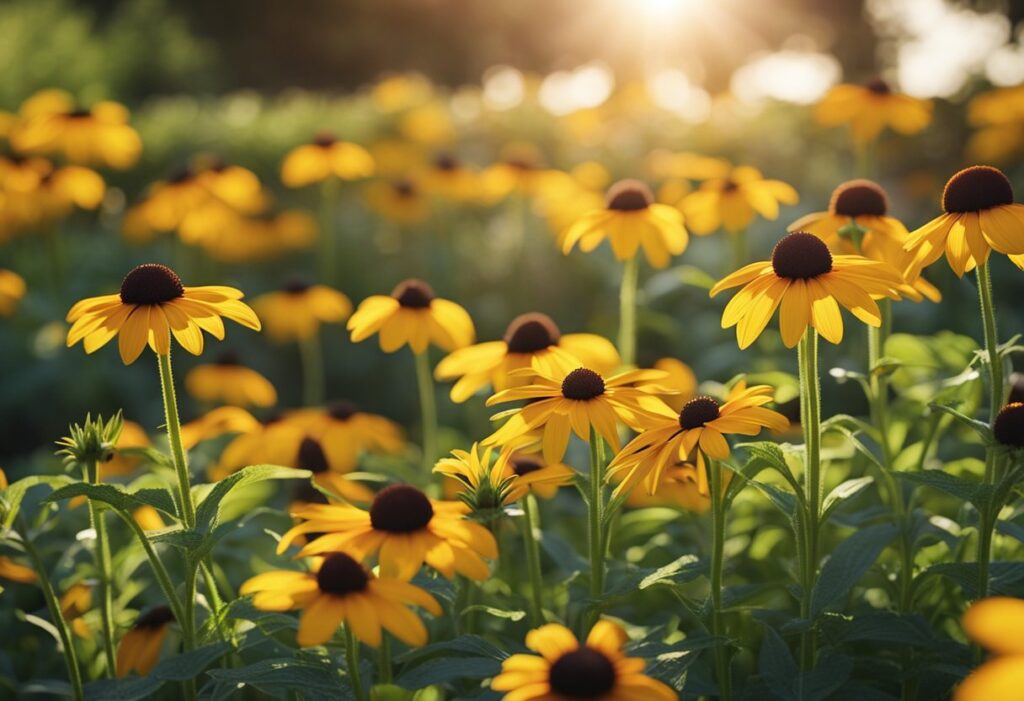
Proper cultivation and care are essential for the thriving growth of Rudbeckia hirta ‘Indian Summer’. The following guidelines will ensure your Black-Eyed Susans are vibrant and healthy.
Planting Instructions
For optimal growth, plant Rudbeckia hirta ‘Indian Summer’ in the spring or fall. Begin by loosening the soil to a depth of 12-16 inches and incorporating organic matter to enrich it. Sow the seeds or plant the seedlings, spacing them 18-24 inches apart to allow for adequate air circulation and growth.
Sunlight and Soil Requirements
This plant flourishes in full sun but can tolerate partial shade. Aim for at least 6 hours of direct sunlight daily. The ideal soil is well-drained, rich in organic content, and neutral to slightly acidic in pH.
Watering and Fertilization
Regular watering is imperative, especially during dry spells. However, avoid overwatering, as this can lead to root rot. To support vigorous growth, a balanced fertilizer can be applied once or twice during the growing season.
Pest and Disease Management
Be vigilant about pests such as aphids and diseases like powdery mildew. You can reduce these risks by implementing good cultural practices, like proper spacing and avoiding overhead watering. If needed, apply appropriate fungicides or insecticides following label instructions.
Design and Landscape Use
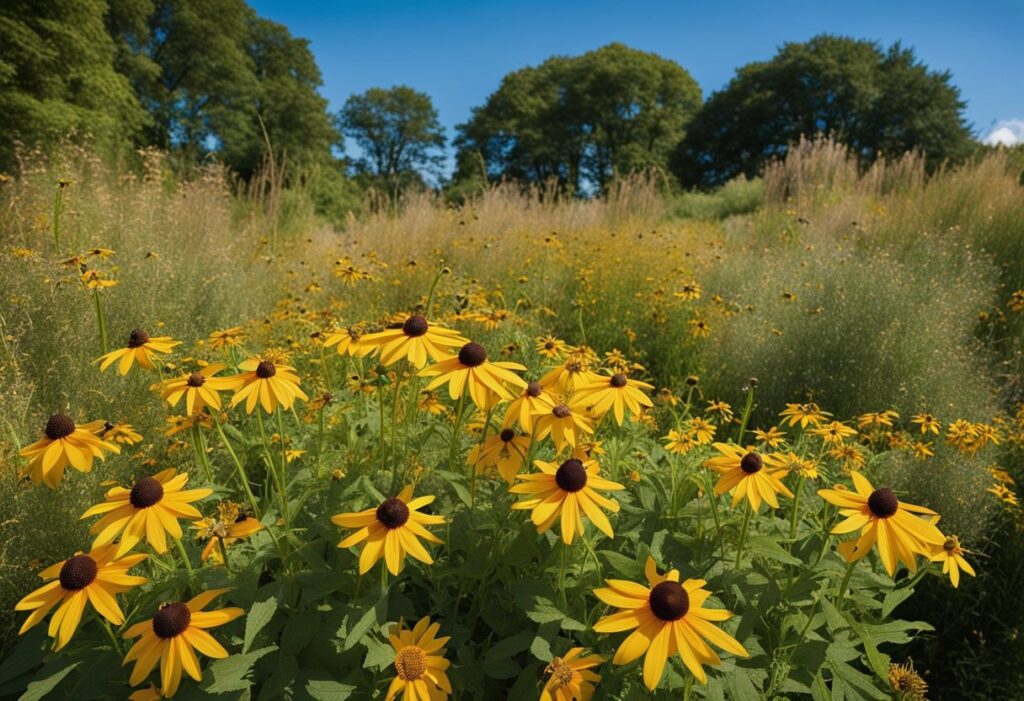
Rudbeckia hirta ‘Indian Summer’ is a standout plant that brings a vibrant golden-yellow hue to your garden. Its substantial bloom size and bright color make it a central focus in landscape design, especially effective in creating late-season interest.
Companion Plants
When choosing companion plants for Rudbeckia hirta ‘Indian Summer’, consider species that complement its striking blooms and growing conditions. Here’s a selection:
- Echinacea purpurea (Purple Coneflower): Adds a contrasting purple hue and similar daisy-like form.
- Salvia nemorosa (Woodland Sage): Offers vertical spires of purple or blue flowers.
- Miscanthus sinensis (Maiden Grass): Provides a fine-textured backdrop with its graceful foliage.
Garden Design Ideas
Your Rudbeckia hirta ‘Indian Summer’ can serve multiple roles in garden design:
- Border Planting: Its height (1-3 feet) and large flowers make it an excellent mid-border choice.
- Mass Planting: For a swath of color, plant in groups.
- Prairie or Meadow Gardens: Their native prairie character is ideal for a naturalistic setting.
- Containers: Can add a seasonal burst of color to decks or patios. Be sure to choose a sizable container to accommodate growth.
Propagation Methods
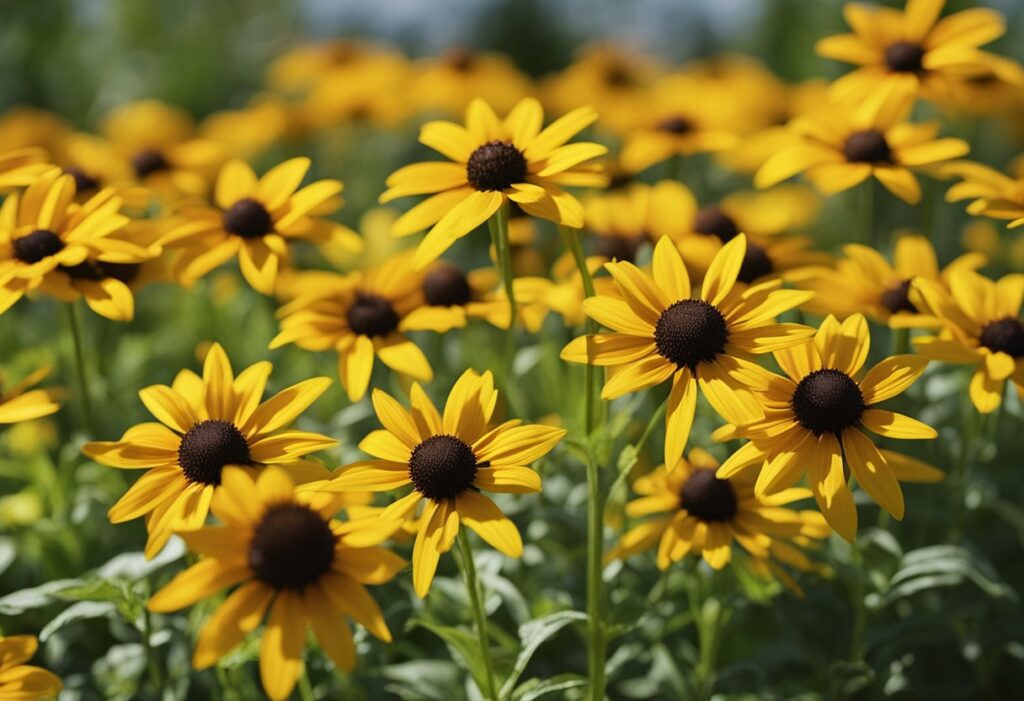
When propagating Rudbeckia hirta ‘Indian Summer’, seeds are the primary method used. Begin by sowing seeds indoors, 6-8 weeks before the last expected frost. Germination generally takes about two weeks at 70°F (21°C).
- Sowing Depth: 1/8 inch (3mm)
- Spacing: Thin seedlings to 18 inches apart.
- Prepare your soil: Use a well-drained mix to fill your starting containers.
- Sow the seeds: Press them lightly into the soil but do not cover them, as light aids germination.
- Water: Keep the soil consistently moist but not soggy.
- Provide light: Place your containers in an area with bright, indirect sunlight or under grow lights.
Once the danger of frost has passed and seedlings have reached a few inches tall, it is time to acclimate them to outdoor conditions. This process, known as hardening off, gradually introduces the seedlings to wind, sun, and varying temperatures. Over a week, incrementally increase their outside exposure.
For direct sowing:
- Wait until the soil has warmed and all danger of frost has passed.
- Follow the same sowing depth and spacing as for indoor sowing.
Harvesting and Post-Harvest Care

To harvest Rudbeckia hirta ‘Indian Summer’ flowers, choose a dry, sunny day. The optimal time is late morning, after any dew has evaporated but before the midday sun. Select open or partially open blossoms, as they will continue to open after cutting.
Harvesting Steps:
- Sanitize your cutting tools to prevent disease spread.
- Cut the stem at an angle, leaving at least 6 inches if you use it in a vase.
- Place stems immediately into a bucket of warm water to avoid wilting.
Post-harvest care is crucial to prolong the vase life of your blooms:
- Trimming Stems: Before arranging, re-cut the stems under water to prevent air bubbles which can block water uptake.
- Water Solutions: Use a commercial floral preservative in the water to provide nutrients and inhibit bacterial growth.
- Refresh Water: Change the vase water regularly, at least every two days, and re-trim the stem ends.
- Location: Keep the blooms cool out of direct sunlight and away from ripening fruit, which emits ethylene gas that can reduce flower longevity.
For flower arrangers:
- Ideal Pairings: Combine with other late summer perennials or grasses for textural contrast.
- Usage: Great for bouquets or floral displays due to their large, vibrant blooms.
Frequently Asked Questions
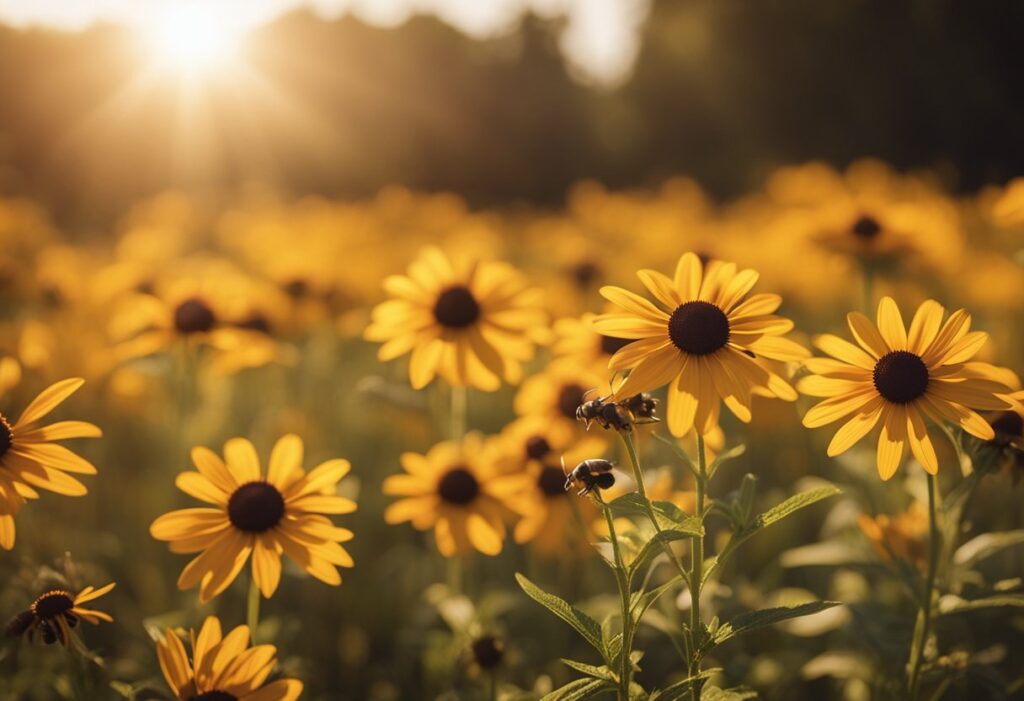
In this section, you’ll find concise answers to common questions about caring for and growing Rudbeckia Hirta ‘Indian Summer’.
How do you care for Rudbeckia Hirta ‘Indian Summer’?
To care for Rudbeckia Hirta ‘Indian Summer’, ensure it is planted in well-drained soil and located in an area that receives full sun. Water regularly, but let the soil dry out slightly between watering to promote strong root growth.
What is the maximum height of Rudbeckia Hirta ‘Indian Summer’ plants?
Rudbeckia Hirta ‘Indian Summer’ plants typically reach a height of 3 to 4 feet (90-120 cm).
Are Rudbeckia Hirta ‘Indian Summer’ plants considered invasive?
Rudbeckia Hirta ‘Indian Summer’ is not considered invasive. However, they can self-seed and spread within the garden if not managed.
What is the recommended spacing for planting Rudbeckia Hirta ‘Indian Summer’?
When planting Rudbeckia Hirta ‘Indian Summer’, space the plants 12 to 18 inches (30-45 cm) apart to allow for adequate air circulation and growth.
Can Rudbeckia Hirta ‘Indian Summer’ be grown as perennials?
Yes, Rudbeckia Hirta ‘Indian Summer’ can be grown as a perennial in USDA Zones 5-9, though it may be short-lived and sometimes treated as an annual.
What are the best conditions for germinating Rudbeckia Hirta ‘Indian Summer’ seeds?
For successful germination of Rudbeckia Hirta ‘Indian Summer’ seeds, provide consistent moisture and a soil temperature of approximately 70°F (21°C).
Sowing seeds in well-drained soil that receives full sun will yield the best results.



